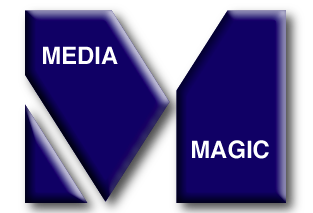Word-of-Mouth 2.0
There’s no question that word-of-mouth has always been the best form of marketing. In fact, in surveys of small businesses in the U.S., most estimate that almost 90% of their new customers come from referrals.
It should come as no surprise that 90% of consumers surveyed say they trust recommendations from people they know. The difference today is, those referrals and recommendations aren't always coming from personal, face-to-face conversations. Technology has upped the ante, as discussions are now visible to countless potential customers, thanks to the proliferation of social media.
Today's referrals are coming, not just from conversations around the water cooler, but through posted reviews, endorsements “likes,” retweets, hashtags and more for the entire world to see. Your customers now have a voice that can be heard beyond their immediate circle of close friends and family.
How to leverage this “voice” to help you grow your business
With the addition of this social media megaphone, you as a business owner can drive dramatically more results with a lot less effort. This is because social media enables a different level of customer engagement, one that you can use to encourage and reward customer conversations.
Plus, it’s much easier, less expensive, and infinitely more fun, to interact with people you already know—your existing customers, clients, donors or members.
By engaging your customers, you make them part of your marketing team
It’s this visible engagement and the positive endorsements that will bring you tomorrow’s customers. Not only do your current customers and fans influence how others perceive your business, they help build the trust needed to get others to do business with you.
Engagement does even more to help word-of-mouth
By engaging with your customers, you deepen your existing relationships while allowing others to get to know, like, and trust you. Engagement also allows you to stay top of mind with those who may recommend you and/or need your services.
What this evolution of word-of-mouth means to you
If you’ve been hesitant about getting involved in marketing your business through social media, you’re missing a huge opportunity to be who your customers and supporters recommend on a consistent basis.
By using online marketing tools and social media networks to engage your customers and build relationships, you make it easy for your best customers to drive referrals to your business.
Thanks to @Dave Charest for his insight into this subject.
